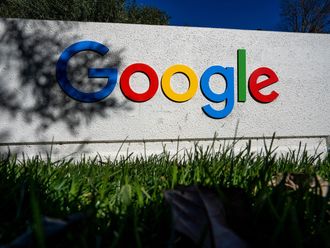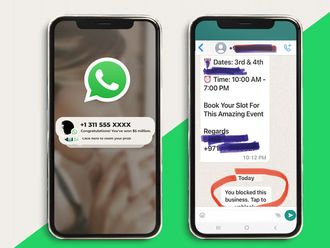Dubai: Don’t be surprised if in the future you start seeing the GoPro, a nearly indestructible “action camera” that first grabbed people’s attention about 10 years ago, in different sizes with more advanced communication features, such as 4G.
Feri Zekisson, director and head of the Technology Division for the California-based GoPro, wouldn’t divulge specifics plans for the new camera, but he did say that getting people to use a GoPro as part of their everyday life — and not just to capture actions scenes — is part of the company’s plans for the future.
“It’s too early to say,” Zekisson said in a phone interview. “I don’t think we will see a form factor change but there might be changes in size.”
He also hinted that consumers might see more connectivity features, especially ones that support live streaming, but again he said it was “too early” to give specifics.
He did say that the company will not move away from the camera’s durability, as they aim to create a camera that people will use everyday, but can also “step on, drop in the water or drive over.”
The company released its latest camera, the GoPro HERO (2018 edition), a new entry-level camera priced at Dh849, in March.
Unlike previous versions of GoPro cameras, the new Hero shoots in 1080p but not in 4K. Zekisson said the company was looking to expand its market share by offering the device at a lower starting price. The HERO6 starts at $399 (Dh1,465).
Zekisson said he did not expect consumers to baulk at a camera without 4K, as many users simply upload their videos to YouTube at a lower resolution anyway to cut down on bandwidth usage. He said he still expects the new HERO to play well in the GCC market, where GoPro currently commands a 67 per cent market share with “no real competition.”












